The Cactus is a desert plant that can tolerate extreme temperatures and low water supply for an extended period. These green fleshy plants with sharp thorns come in different shapes and sizes.
So, is cactus a vegetable or something else? A cactus is a fruit and vegetable since an individual can eat the fruits, stems, and leaves. But it is important to note the difference between poisonous and edible cacti varieties.
Different cacti varieties are grown as outdoor or indoor ornamental plants. We recommend checking the toxicity and safety of the cacti variety before increasing it. We wrote this article to help you distinguish between edible and poisonous cacti varieties.
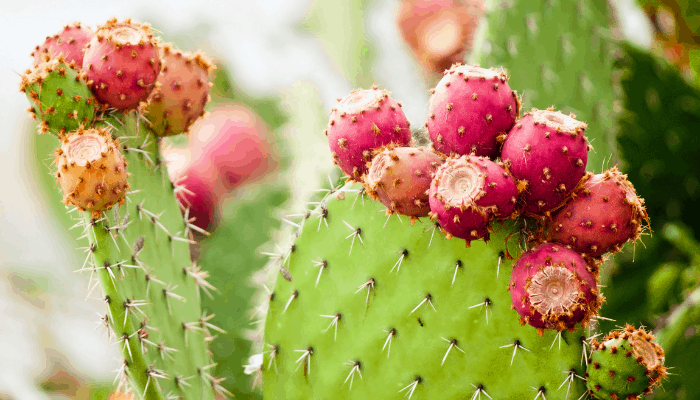
Is Cactus a Vegetable or Fruit?
Fruit is a fleshy plant part with seeds. On the other hand, a vegetable is any plant part that can be consumed without causing issues. A cactus is a desert plant that produces flowers, fruits, and leaves.
The cacti fruits, stems, and leaves are edible. But the consumer needs to exercise precautions since some cacti varieties are poisonous. The cactus under the genus Opuntia produces edible pads and fruits.
We recommend eating fruits only from other cacti species to avoid mouth irritation and other abdominal issues. Cactus is a vegetable and fruit since the veggie parts and prickly pear fruits can be eaten. (Source: Food and Agriculture Organization).
Can You Eat a Cactus Raw or Cooked?
Edible cacti are considered both vegetables and fruits. These cacti varieties can be eaten in raw or cooked forms despite having different tastes. You can choose the cacti form that suits your tastes and preferences.
The uncooked cacti are consumed as fresh salads after washing and cutting strategically. We recommend removing the sharp spines and tough skin before eating raw to avoid pricking your gums or tongue.
A cooked cactus has a soft and crunchy texture similar to a tart green pepper since cooking usually weakens the cellulose fibers. Shallow frying, roasting, baking, and sautéing are among the many methods of preparing cooked cactus.
Cacti are available in the market as canned or raw to suit different tastes and preferences of people. Canned cacti come with a container holding sugar syrup that provides additional flavors. (Source: University of Arizona)
Is Cactus Safe to Eat while Raw or Cooked?
Cacti are known for their health benefits and nutritional values. The cactus fruits and pads help prevent high cholesterol and infections.
Raw or cooked cacti fruits and pads do not leave an awful taste in the mouth like those traditional medicines. Be sure to differentiate between edible and poisonous cacti.
So, is cactus safe to eat while raw or cooked? A cactus pad and fruits are edible since they contain nutritional ingredients. They can be eaten raw or cooked depending on an individual taste and preference.
Cactus flowers are also edible and safe. Most Native Americans prefer boiling juvenile cactus flowers for eating and drinking since the high fiber content helps in the digestive process. (Source: Jomo Kenyatta University of Agriculture and Technology).
Different Types of Edible Cacti with Fruits
If you are looking to add edible cacti varieties to your backyard garden, you have come to the right place. Here is a detailed list of cacti varieties that are safe for consumption:
Saguaro Cactus
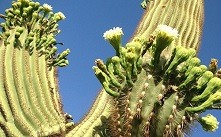
The Saguaro cactus is known for its edible fruits and seeds. The fruit can be eaten fresh or blended to make juice. Another option is to dry the fruit for future consumption.
Saguaro fruit can also be used to make jam, wine, and syrup. The small black seeds can also be dried and pulverized to make nutty-flavored porridge. (Source: Saguaro National Park).
Native Americans extract oil from the seeds of edible saguaro cactus and use it to prepare some dishes. It is native to the Sonoran desert in Arizona.
Barrel Cactus
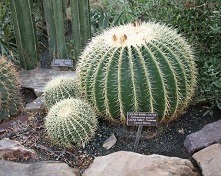
Barrel cactus has large and stiff spines that are dangerous. The cactus species also have edible flowers, fruits, tiny black seeds, and pads. (Source: Britannica)
We recommend toasting and grinding the black seeds before eating. Raw seeds have bland flavors, which are unsuitable for adding to flatbreads.
The barrel cactus fruits have a tart and lemon-like flavors. Besides that, they lack glochids like other cacti fruits, making them easy to handle and eat.
Dragon Cactus
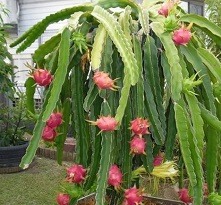
Central American natives love the dragon cactus species due to its edible flowers, fruits, and stems. The fleshy stems can be chewy if not blended to make them smooth.
The dragon cactus fruit taste varies from neutral to mildly sweet. Dried dragon cactus flowers are suitable for making hot beverages and stirring soup dishes.
We recommend cutting the fruit through the inedible skin to eat the fleshy inside. Dragon fruits are rich in vitamins A and C. (Source: University of Guam).
Cholla Cactus
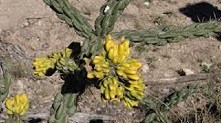
It is a cactus species with edible flowers and fruits. The leaves or stems are inedible due to the weird taste and stiff spines. (Source: New Mexico State University).
The cholla buds are rich in calcium that facilitates bones and muscle development. We recommend eating cholla buds with beans or adding in an antipasto salad.
Prickly Pear Cactus
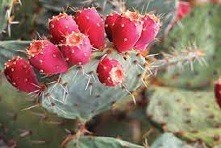
The cacti species belong to the genus Opuntia with edible fruits and pads. The nopales and fruits from prickly pear cactus are readily available in the grocery shops.
We recommend removing the sharp spines from the pads before eating. The ripe prickly pear cactus fruits have a sweet taste. Peel the fruit to remove the skin-irritating glochids.
List of Poisonous Cacti not to Eat
Most succulent cacti species contain acidic compounds that are challenging for the human liver to process. Besides that, they contain alkaloids that may cause nausea, vomiting, and diarrhea. Below are three types of poisonous cacti not safe to eat:
Peyote Cactus
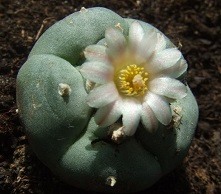
It is also called Lophophora williamsii. Peyote cactus is a toxic species not safe to eat due to its high psychedelic alkaloid content.
The peyote poisoning effects are nausea, agitation, vomiting, and hallucination. The poisoning effect can be fatal in case of overdose.
San Pedro Cactus
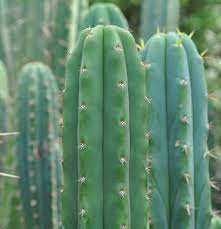
It hails from the Andes Mountains and can cause psychoactive effects when ingested. It also contains psychedelic alkaloid content, which is dangerous for humans.
San Pedro cactus fruits may cause hallucination, stomach pains, tremor, and palpitation effect. These side effects may be fatal to children and young adults.
Bolivian Torch Cactus
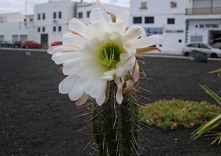
The cactus species is also known as Echinopsis lageniformis. The high toxicity level and psychedelic side effects make them inedible.
Bolivian torch cactus also contains high mescaline content that might trigger visual and auditory hallucinations when ingested.
My Final Thoughts
If you have read up to this point, we can now assume you know cacti are both vegetables and fruits. We hope you can also identify edible and inedible cacti varieties from our list above.
Eating cacti fruits, seeds, pads, and flowers come with nutritional benefits. These parts help lower cholesterol levels, improve digestion, enhance weight loss, and reduce inflammation.
Readers Who Read This Also Read:
